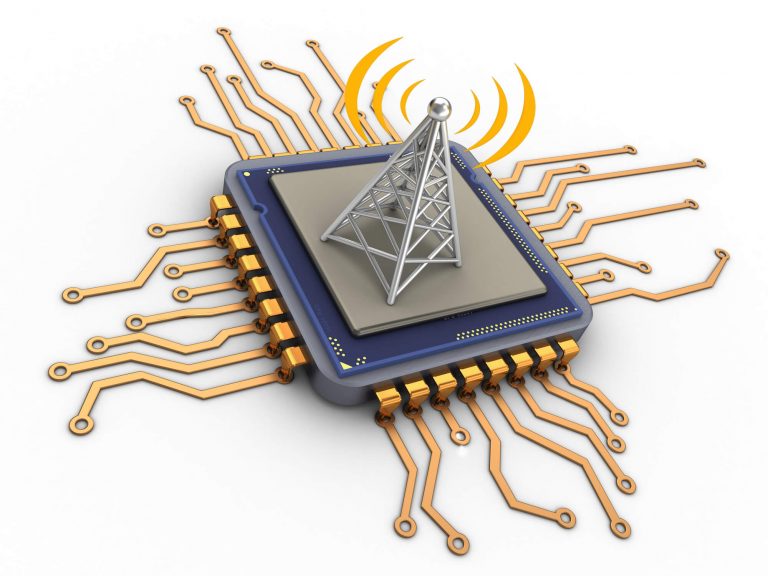Radio Frequency Design
Skillset Details
Radio waves play a considerable role in our daily lives. Whether you’re calling someone from your cellphone or watching a television show, these communications are transmitted through radio waves.
Radio frequencies represent the oscillation (vibrations) of an electric current or voltage. In short, it facilitates the movement of waves from one instrument to the next. Many of today’s devices use this transmission method, from electronics to consumer products, companies and firms around the world depend on radio frequencies.

Transmitting communications with radio frequencies has had to become even faster and more efficient today than ever before. Smartphones are expected to send SMS messages within seconds, and computers are judged by how fast they can connect to networks and operate. Much of this is determined by how well these instruments can transmit and accept radio waves.
Regardless of where your company or firm is regarding radio frequency engineering and design, the first step is ensuring you have the right people on your team. The transmission is only as good as the device it’s coming from.
- Power Amplifiers (PAs)
- Low Noise Amplifiers (LNAs)
- RF Layout
- Transmitters
- Receivers
- Duplexers, Diplexers
- S-parameters
- Filtering
- Iridium
- Cellular, LTE, 3g, 2g
- GPS, Glonass, BeiDou
- BLE, Bluetooth, WiFi, Zigbee
- Impedance Matching
- Linear, Non-linear simulations
- Network Analyzers
- Spectrum Analyzers
- Smith Charts
- Return Loss, Mismatch Loss
- Insertion Loss
- Gain
- RF Switches
- Microstrips, Striplines
- Coplanar Waveguides
- Baluns
We would love to help you with your project. Give us a call at 262-456-5667